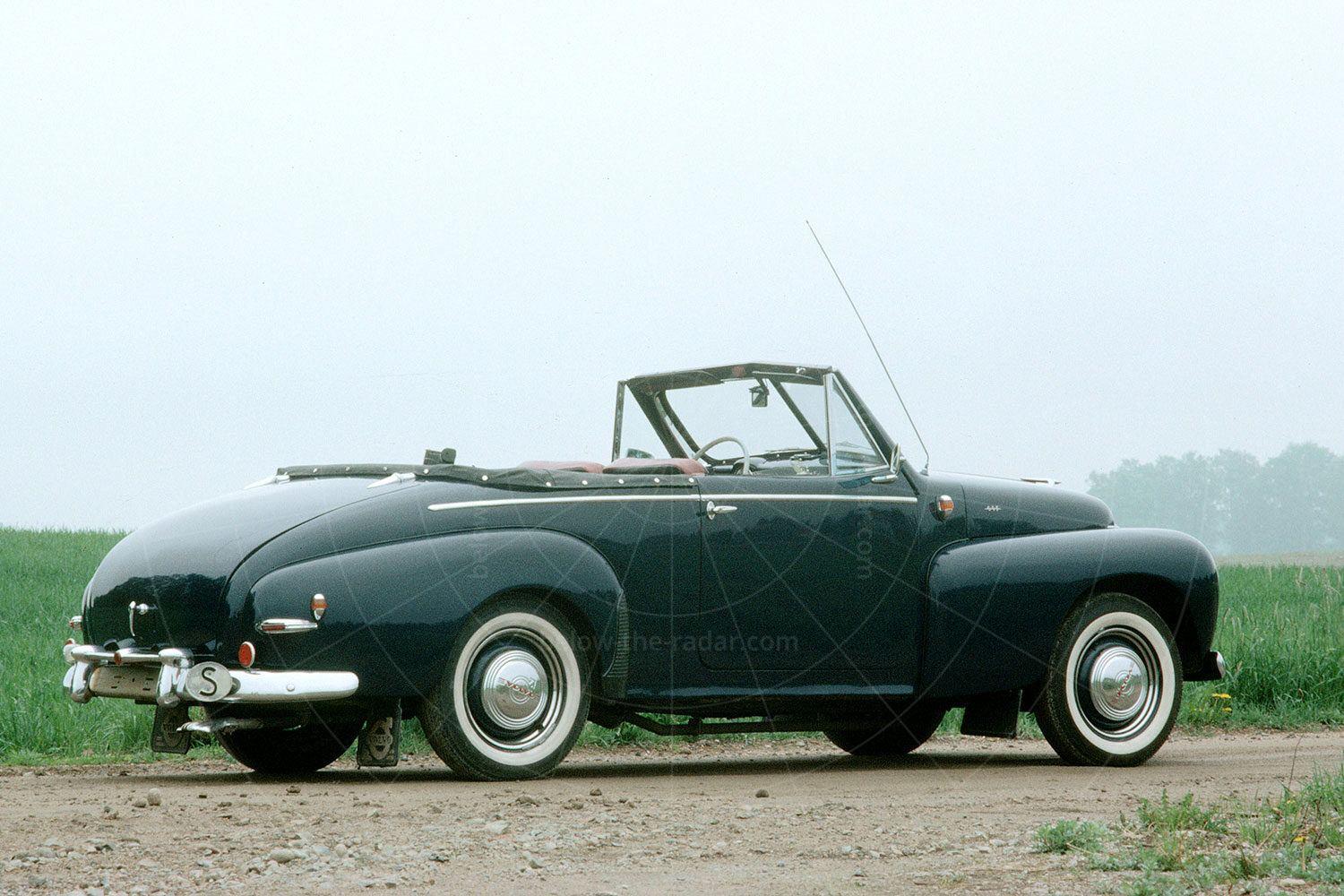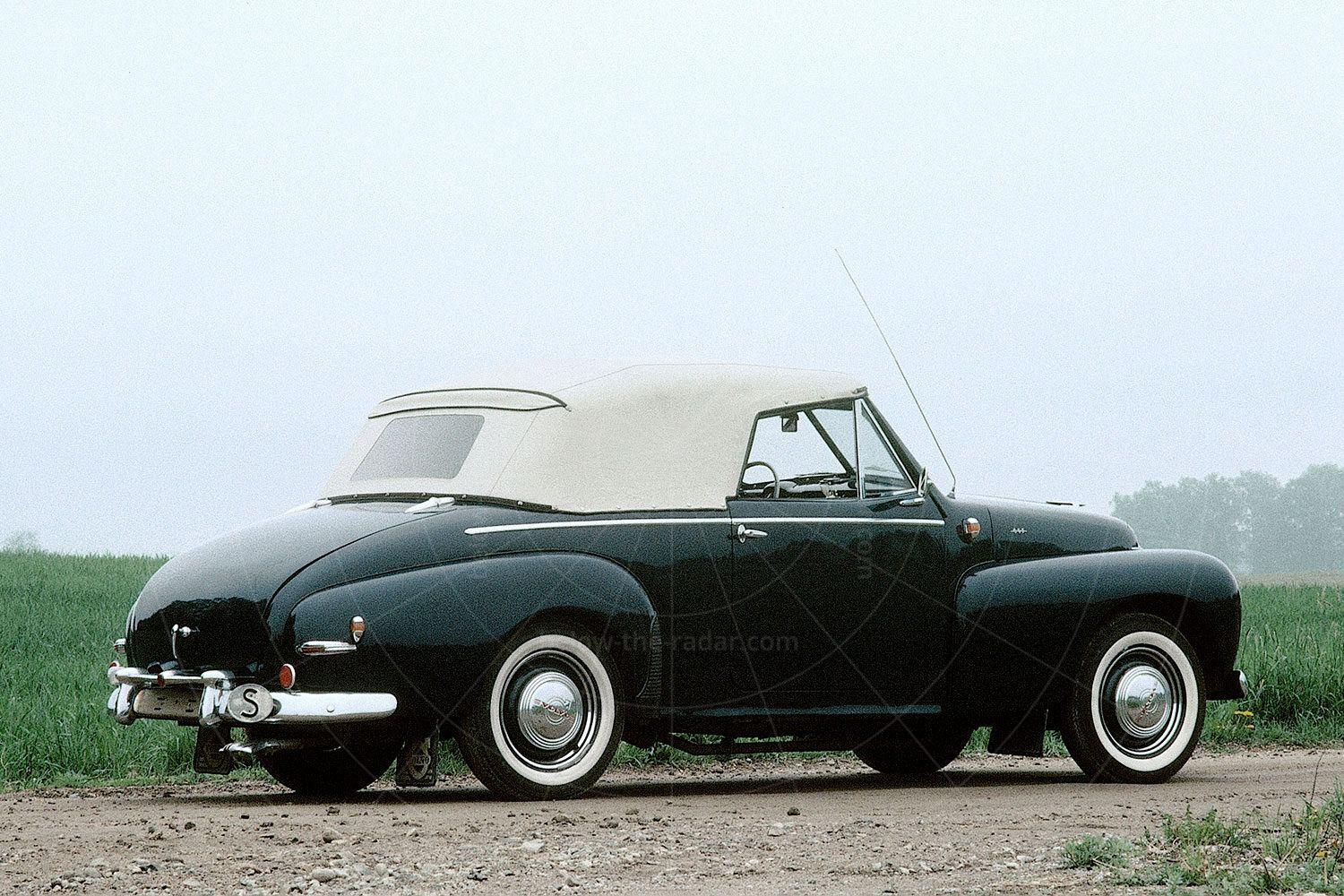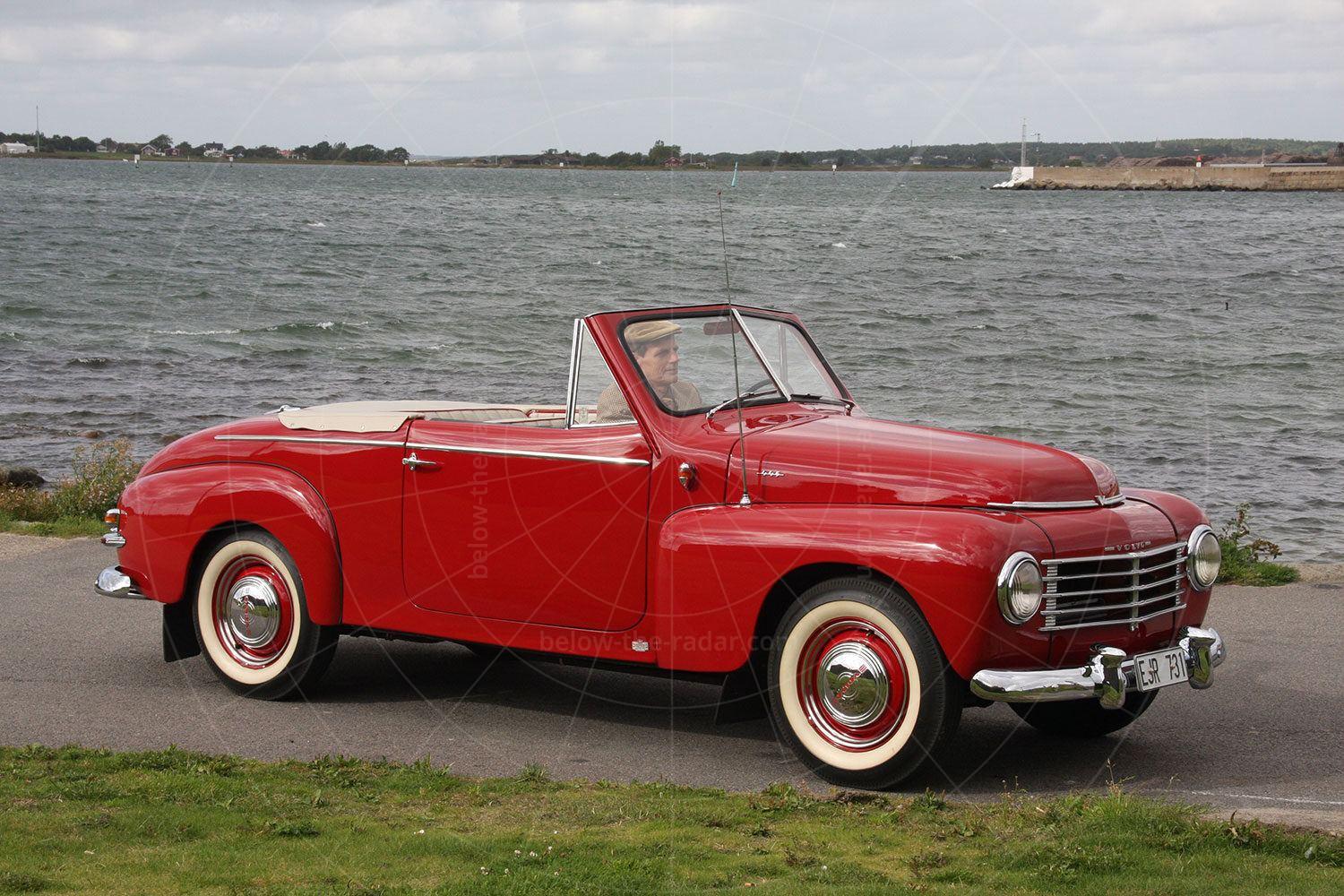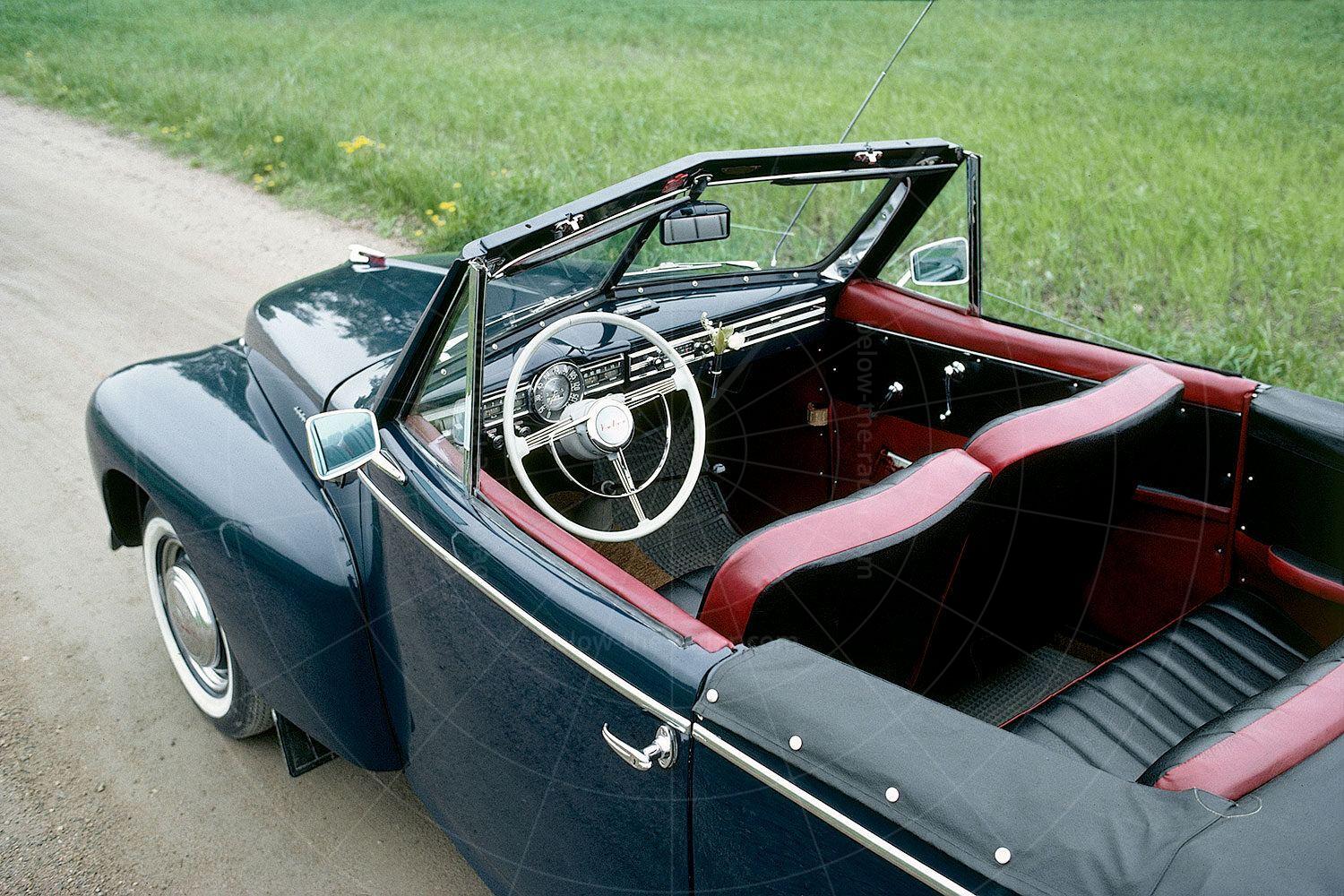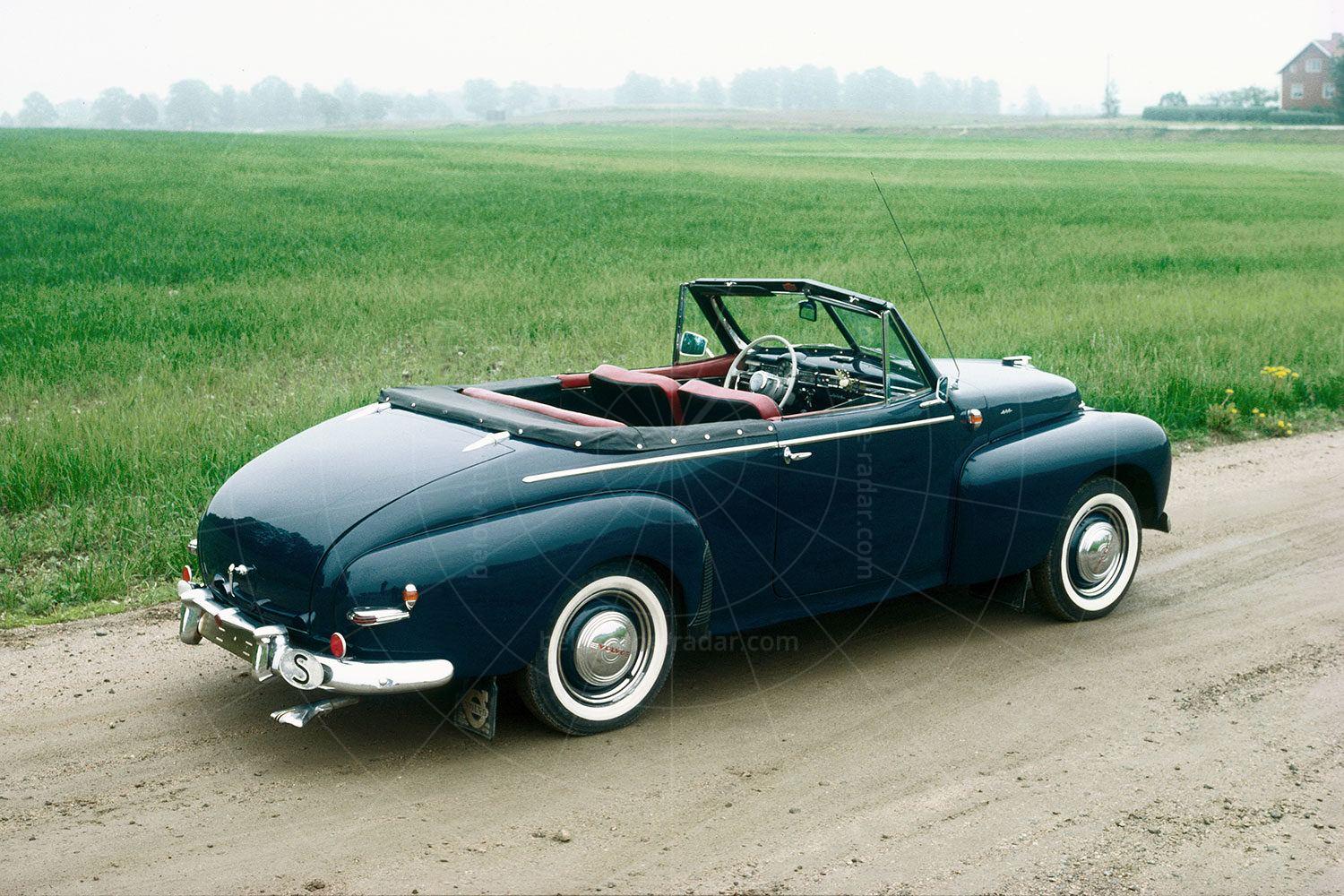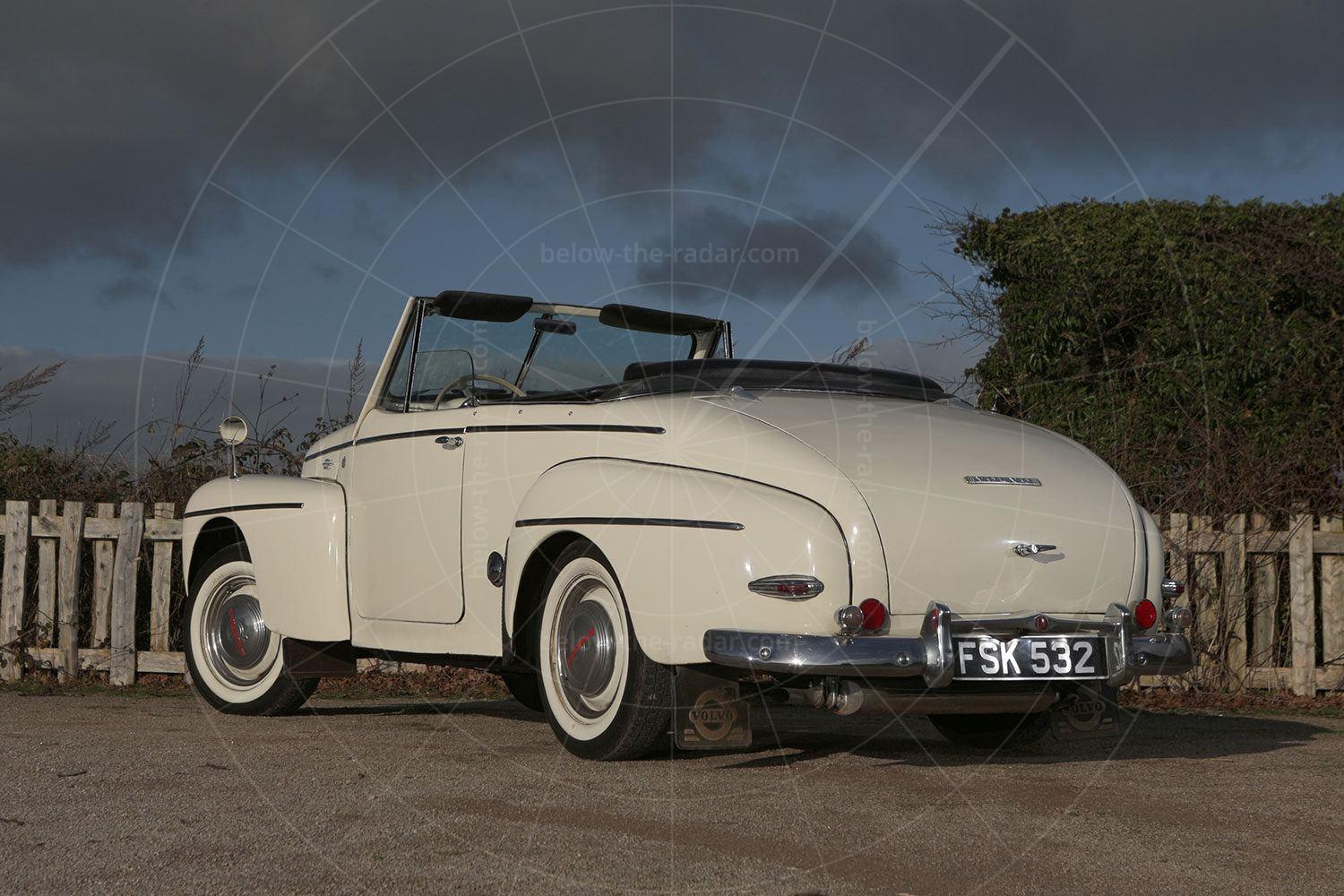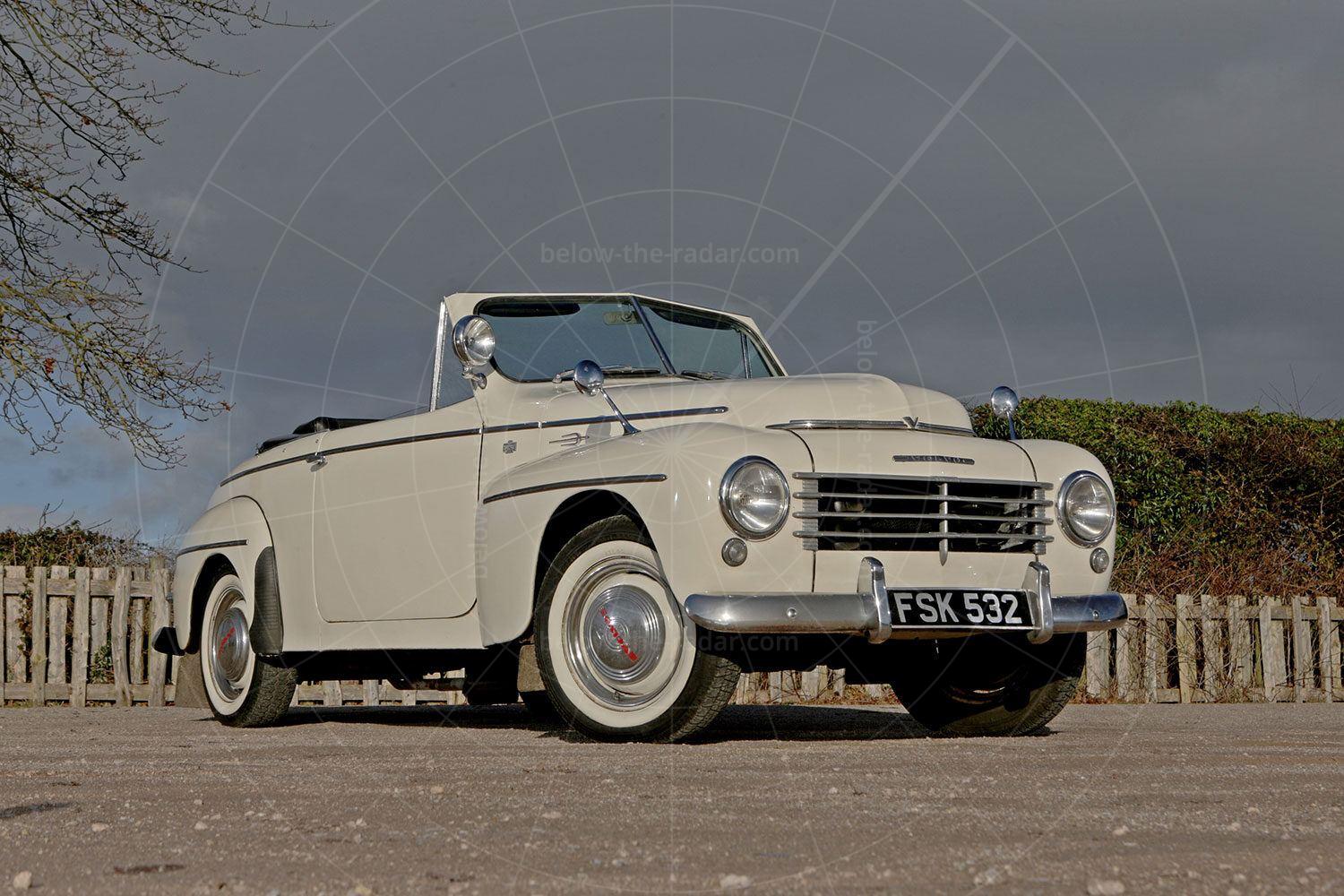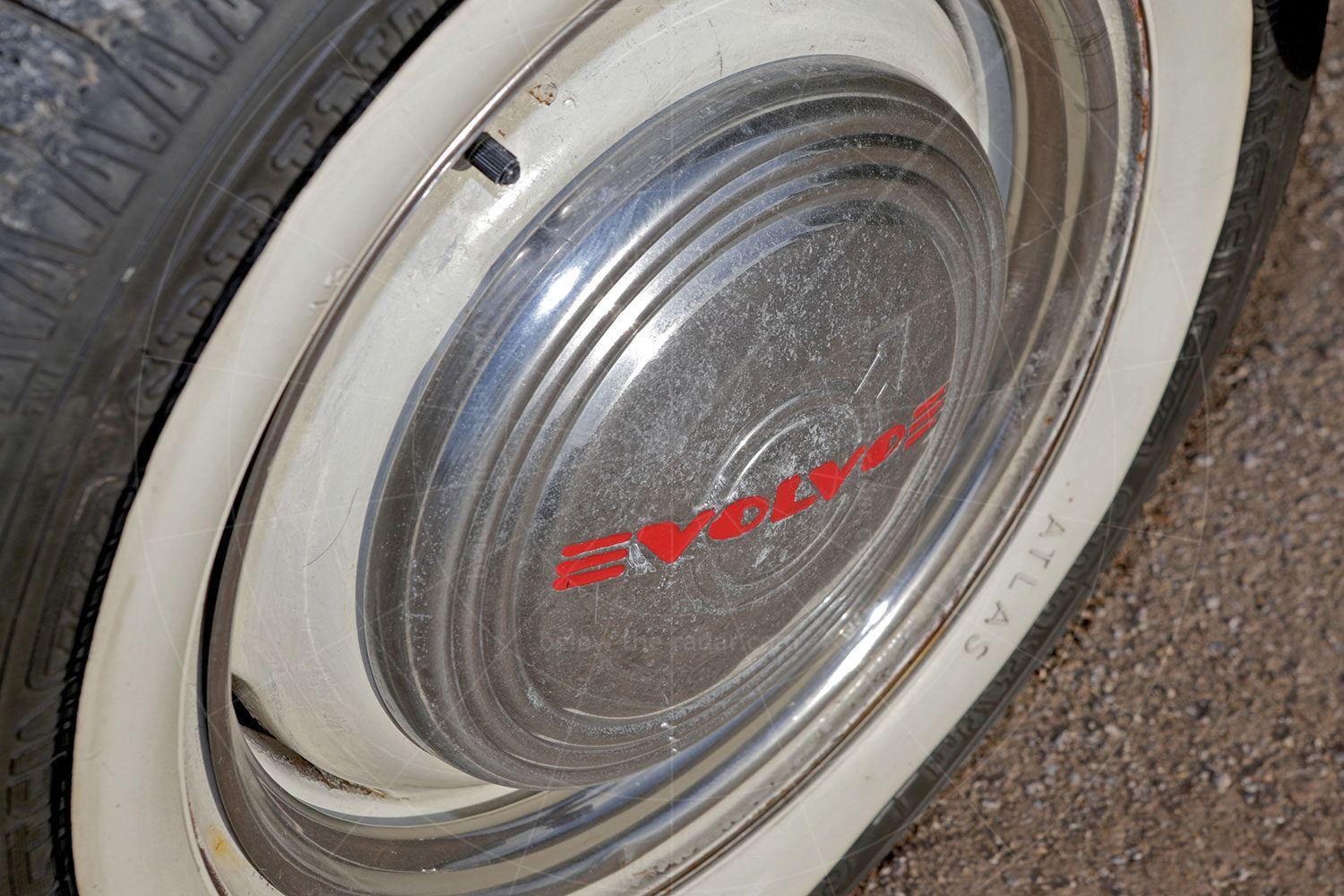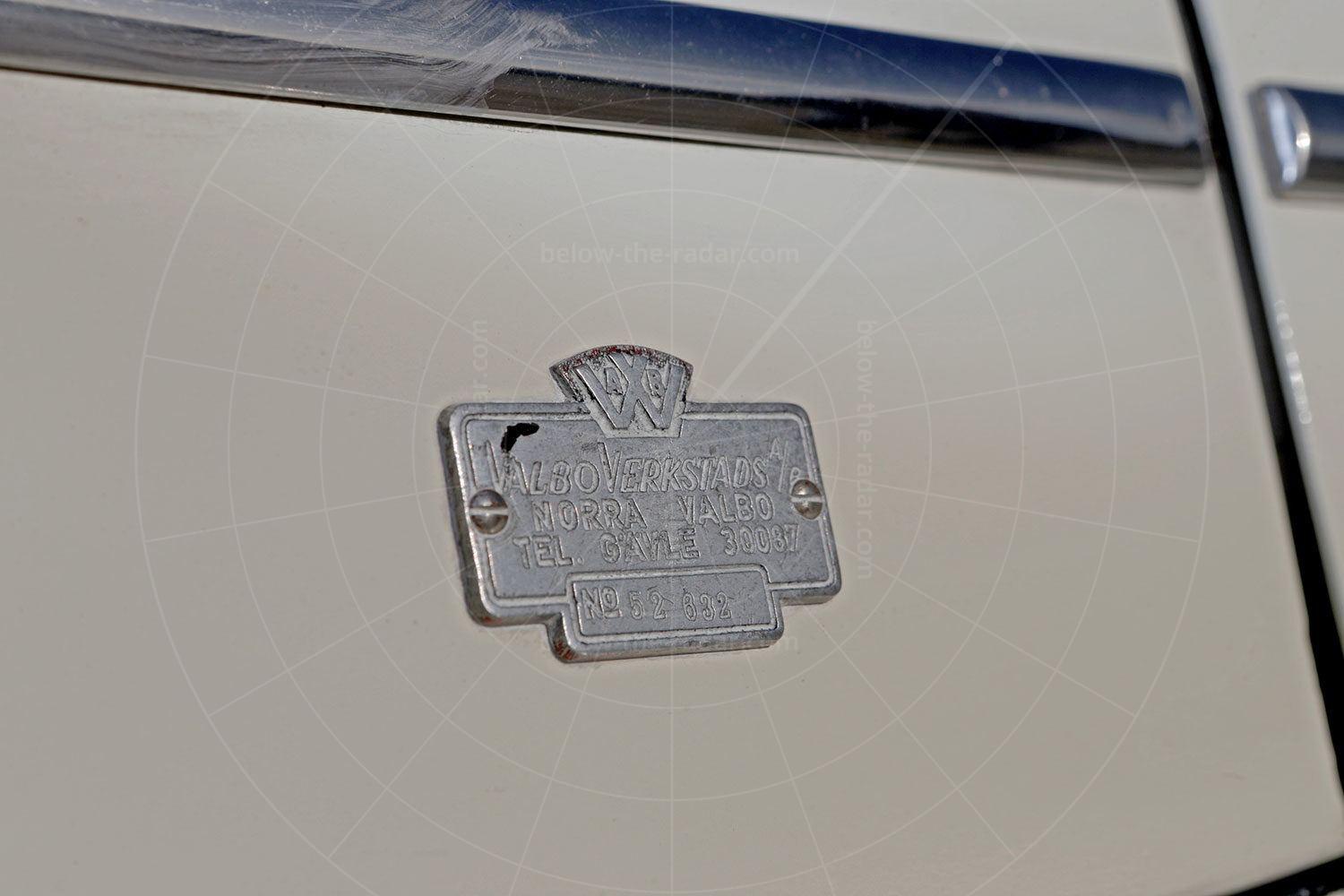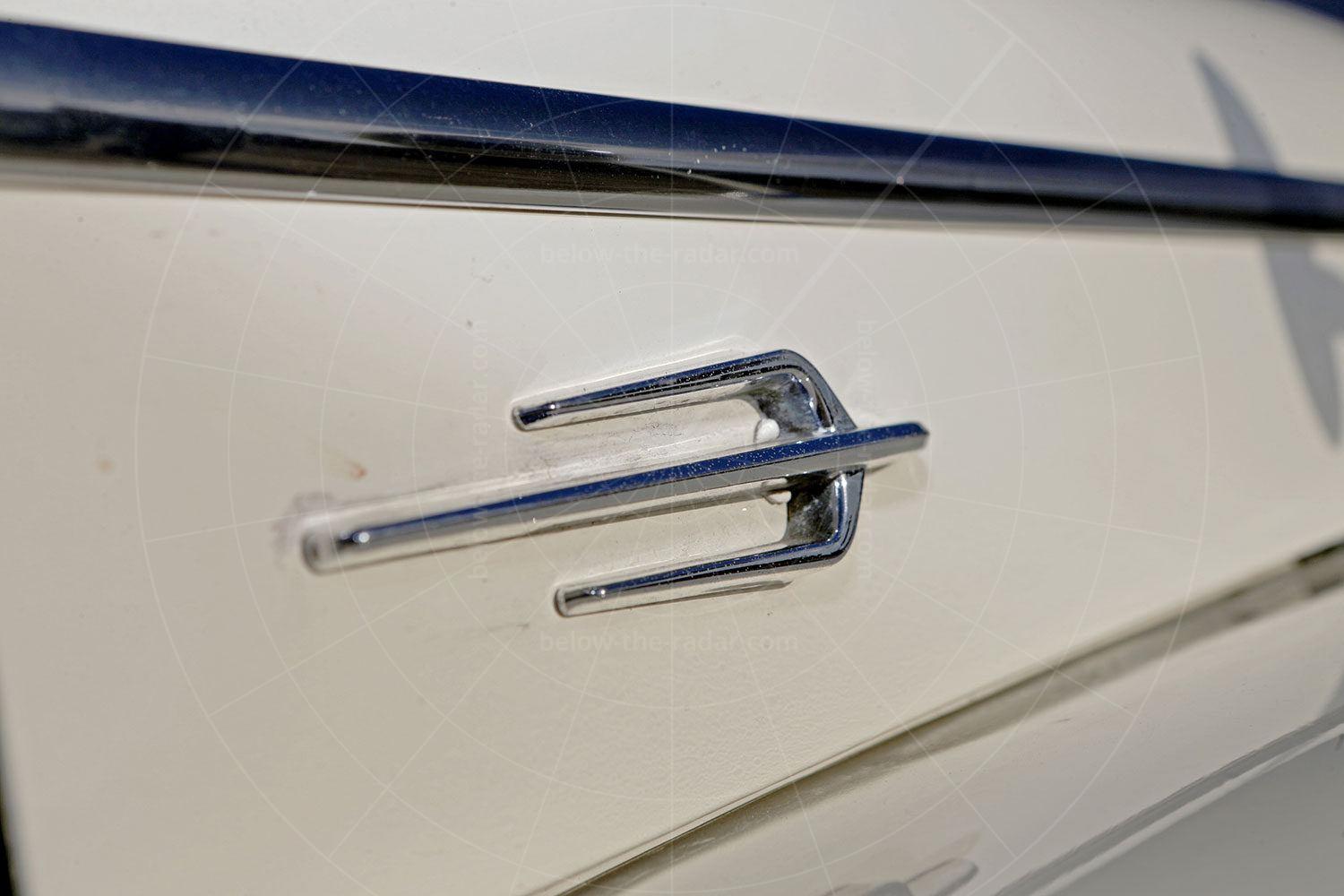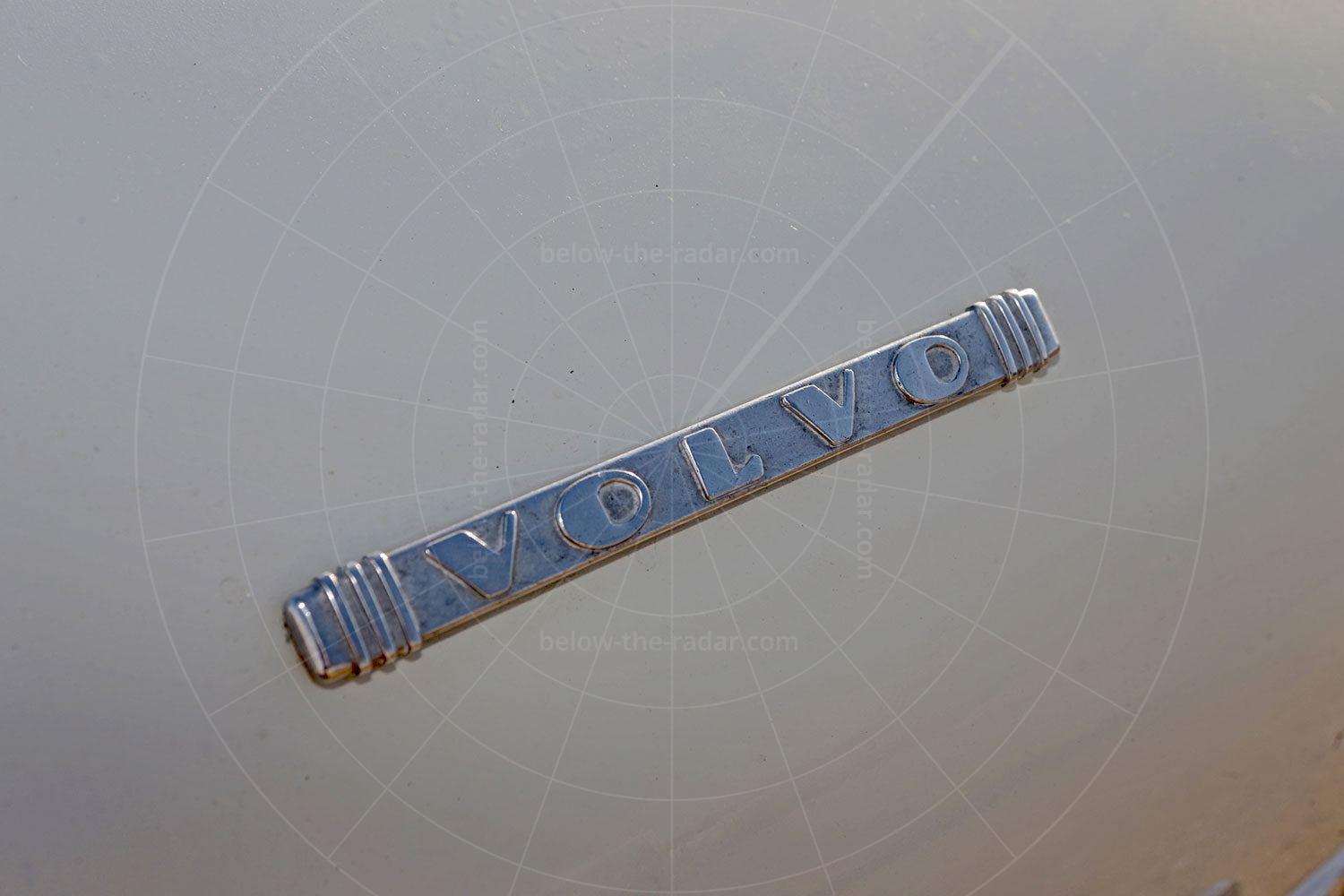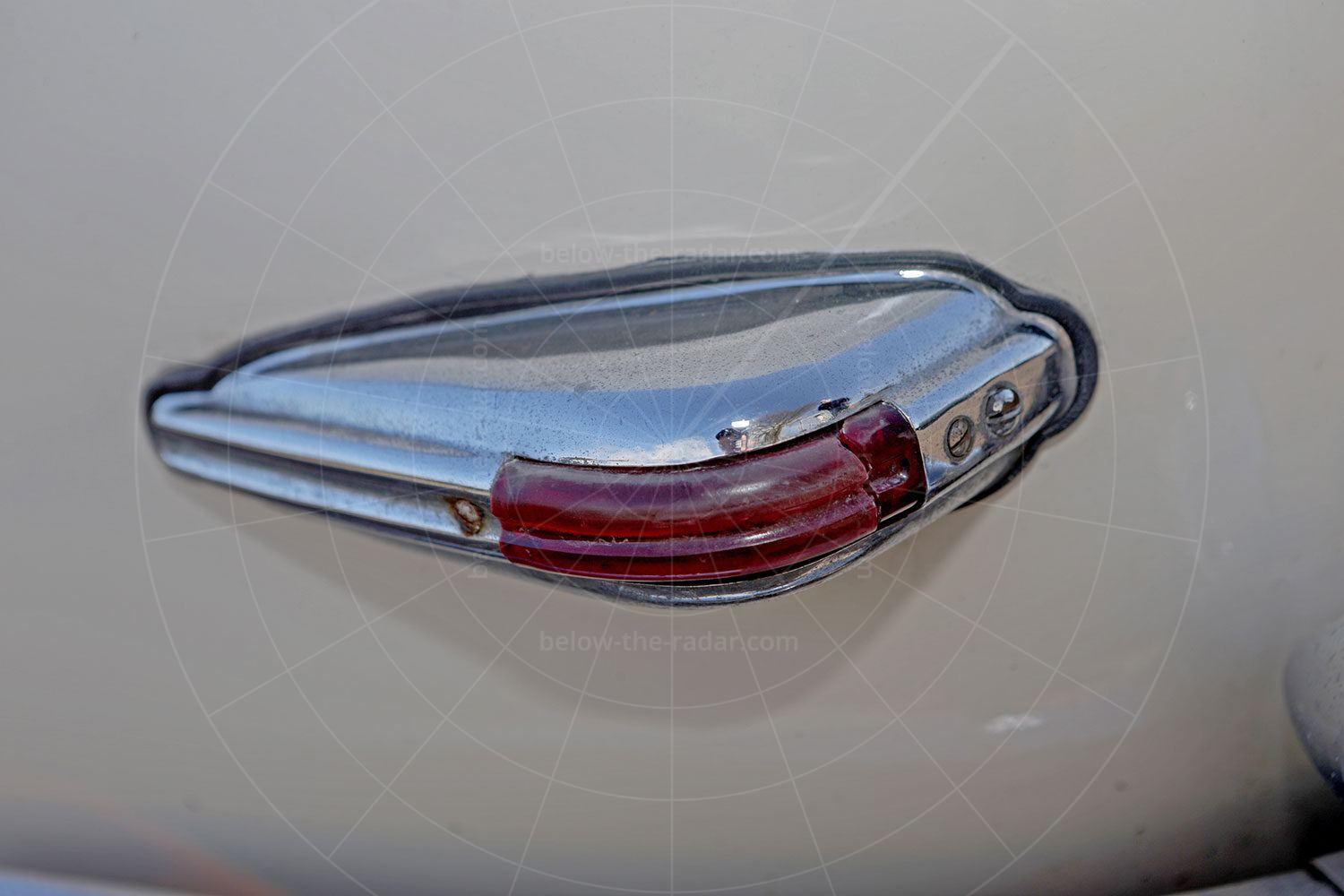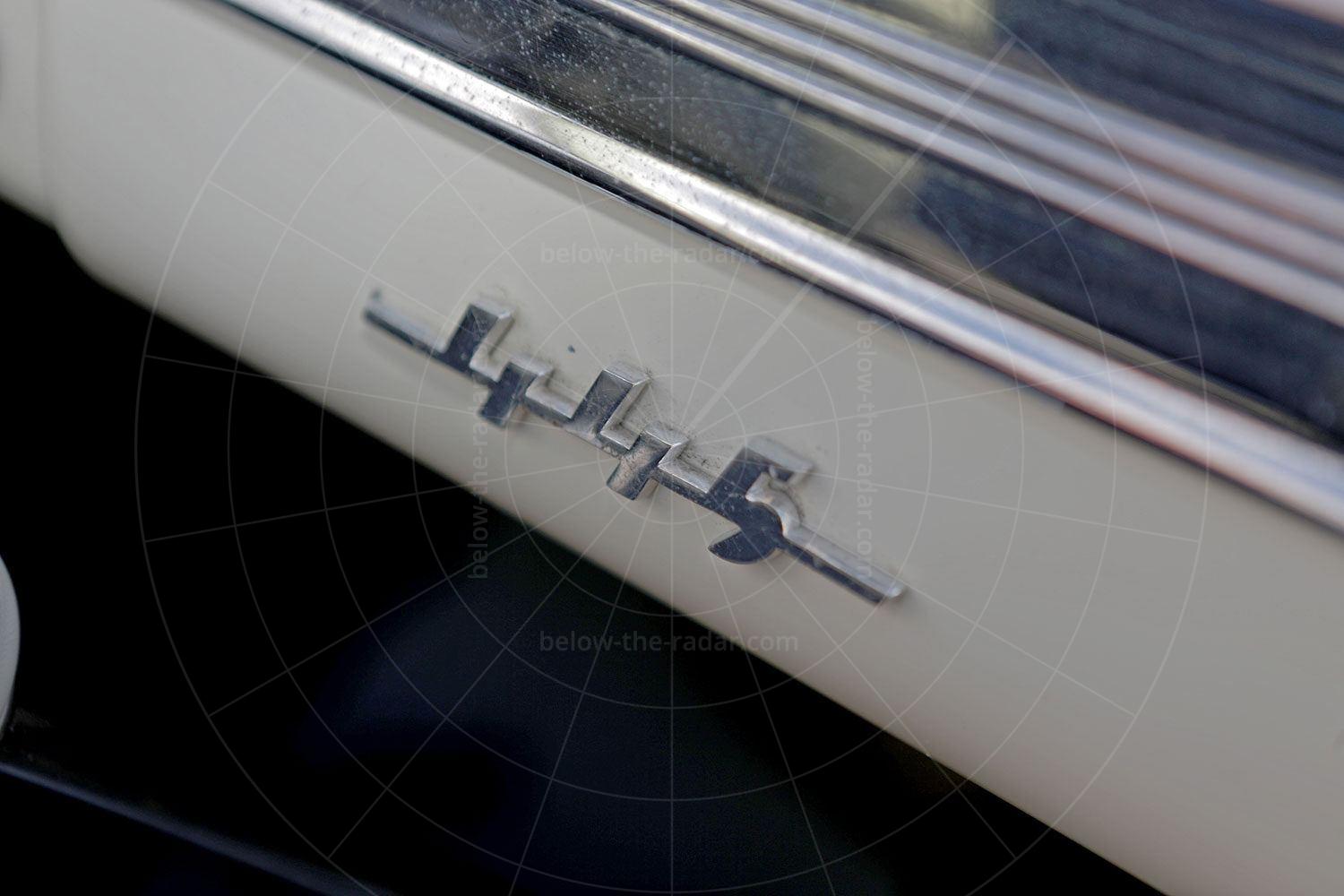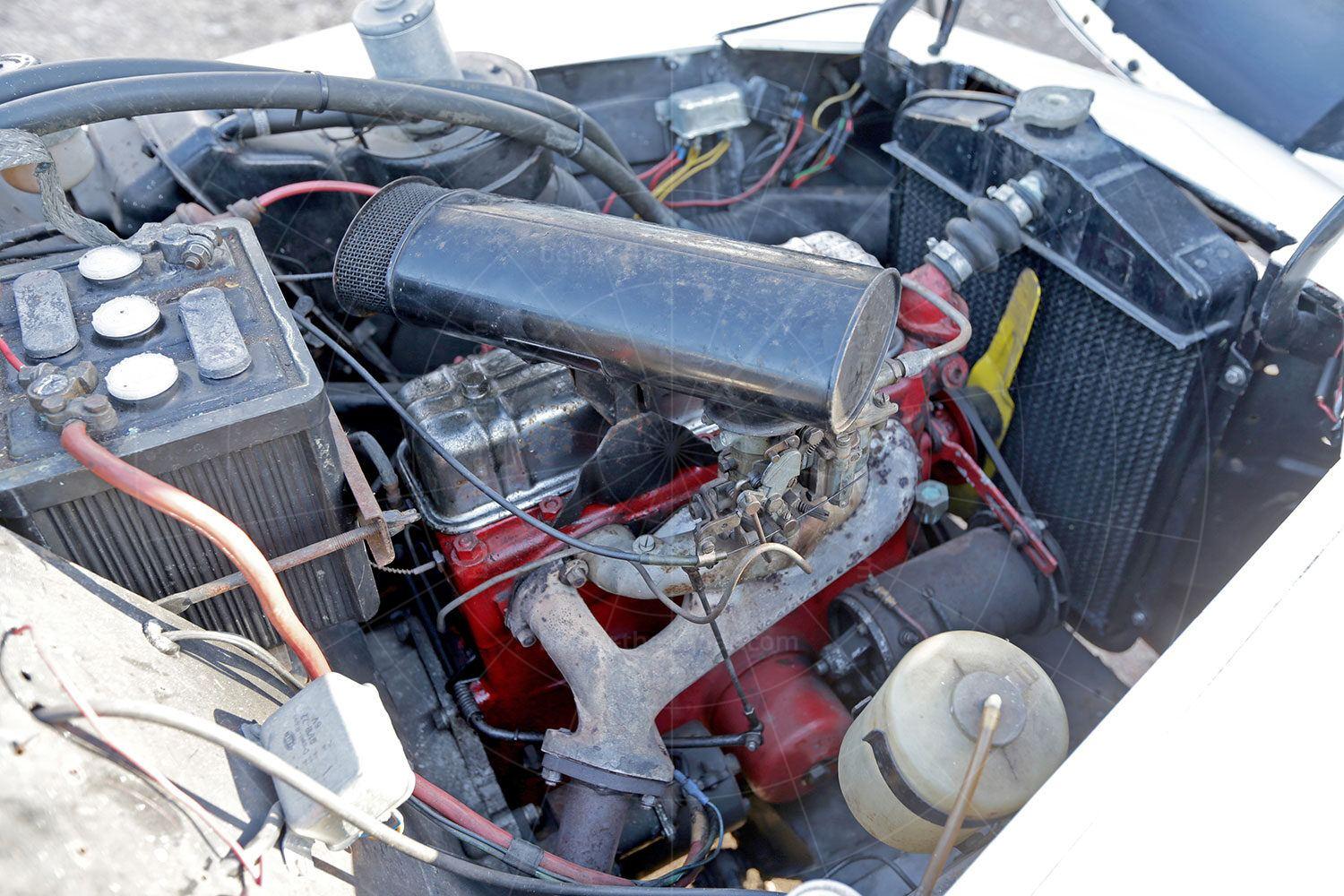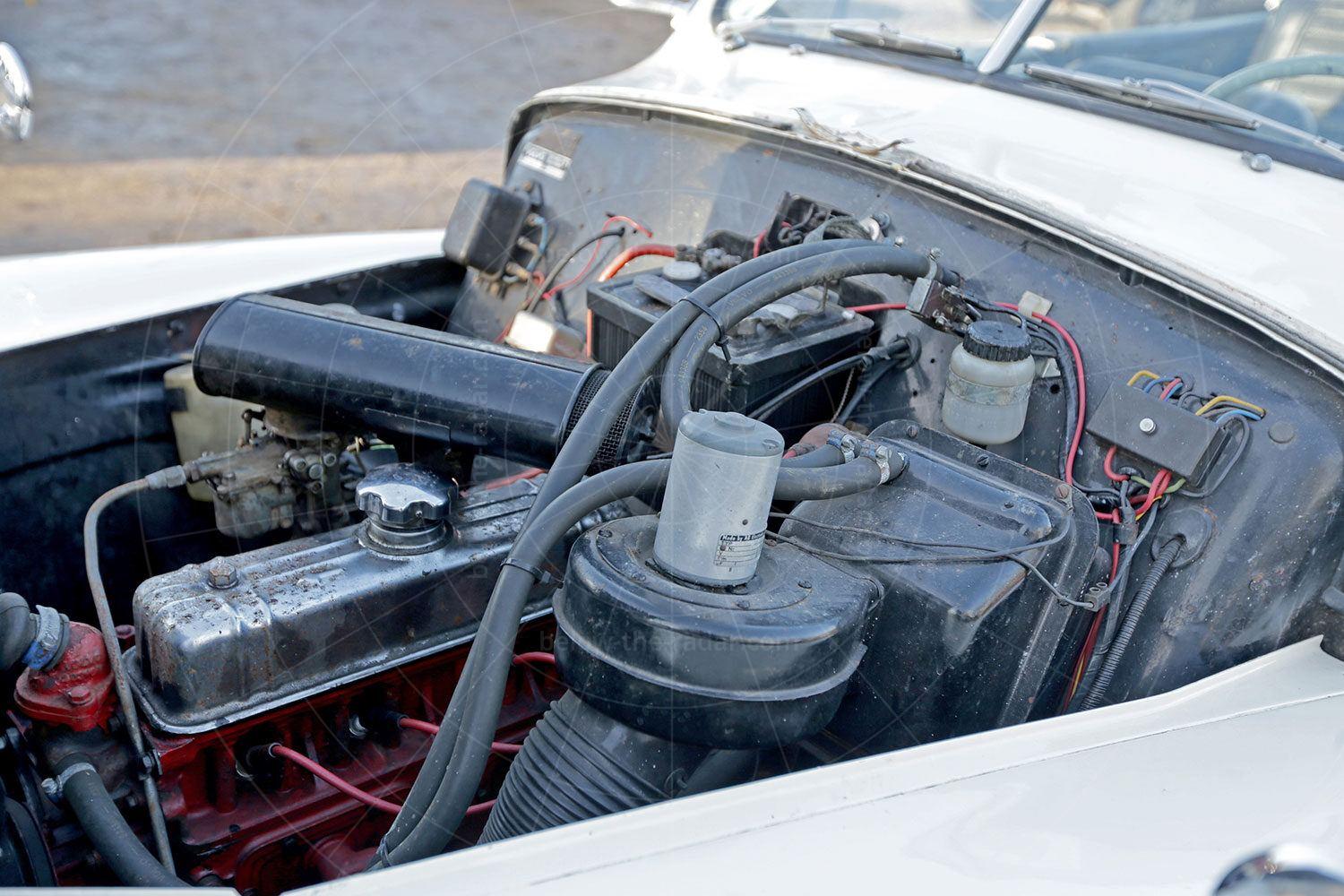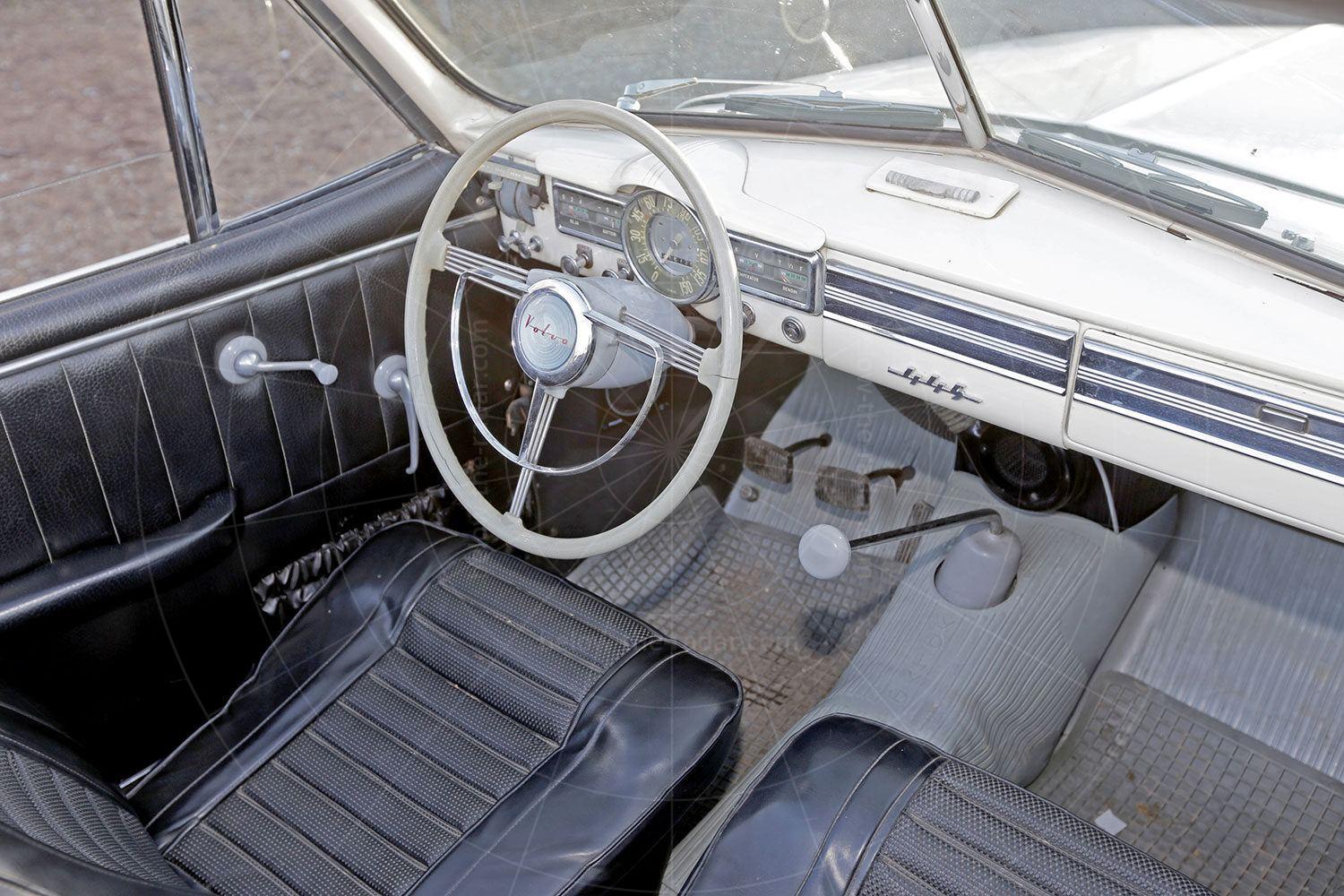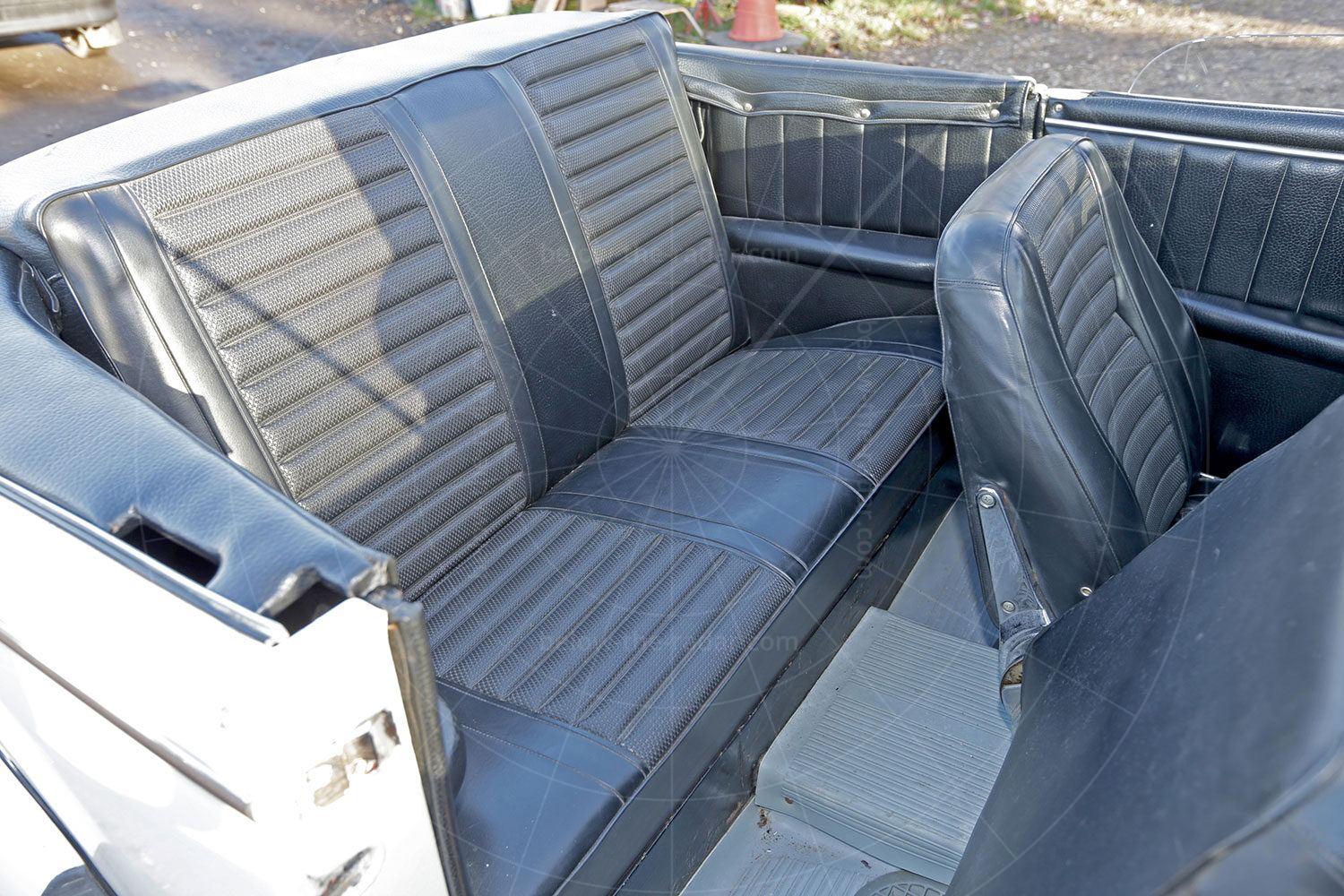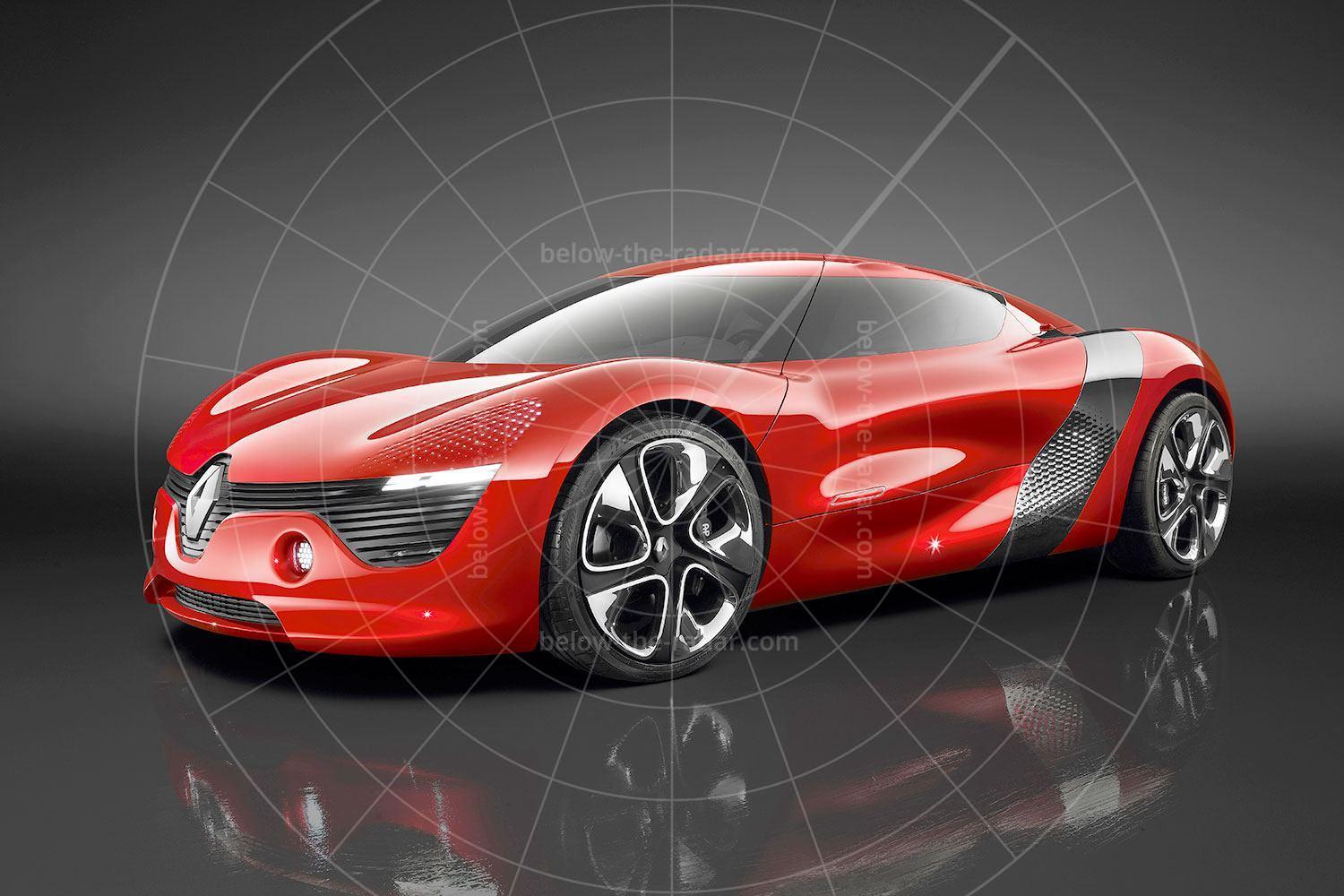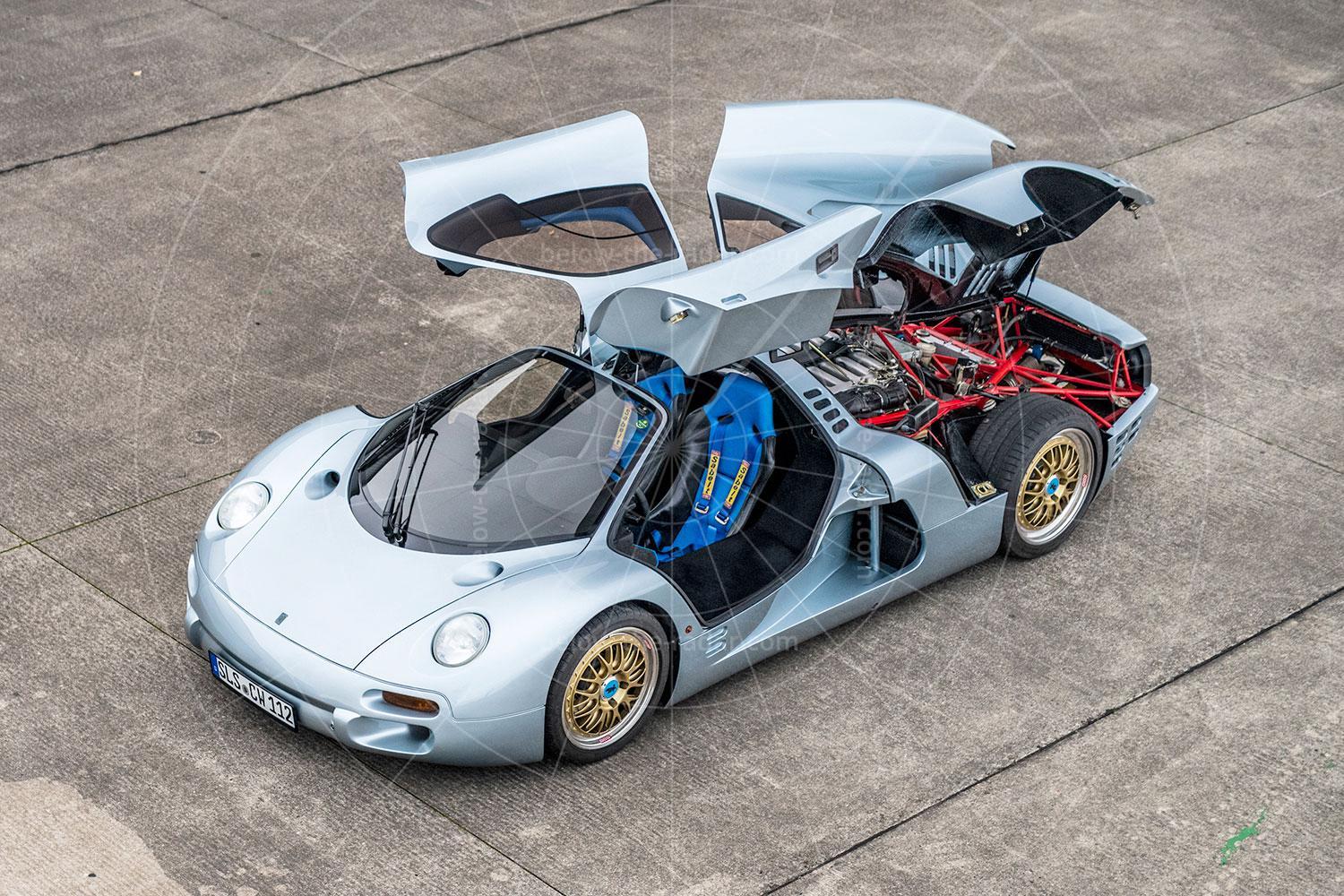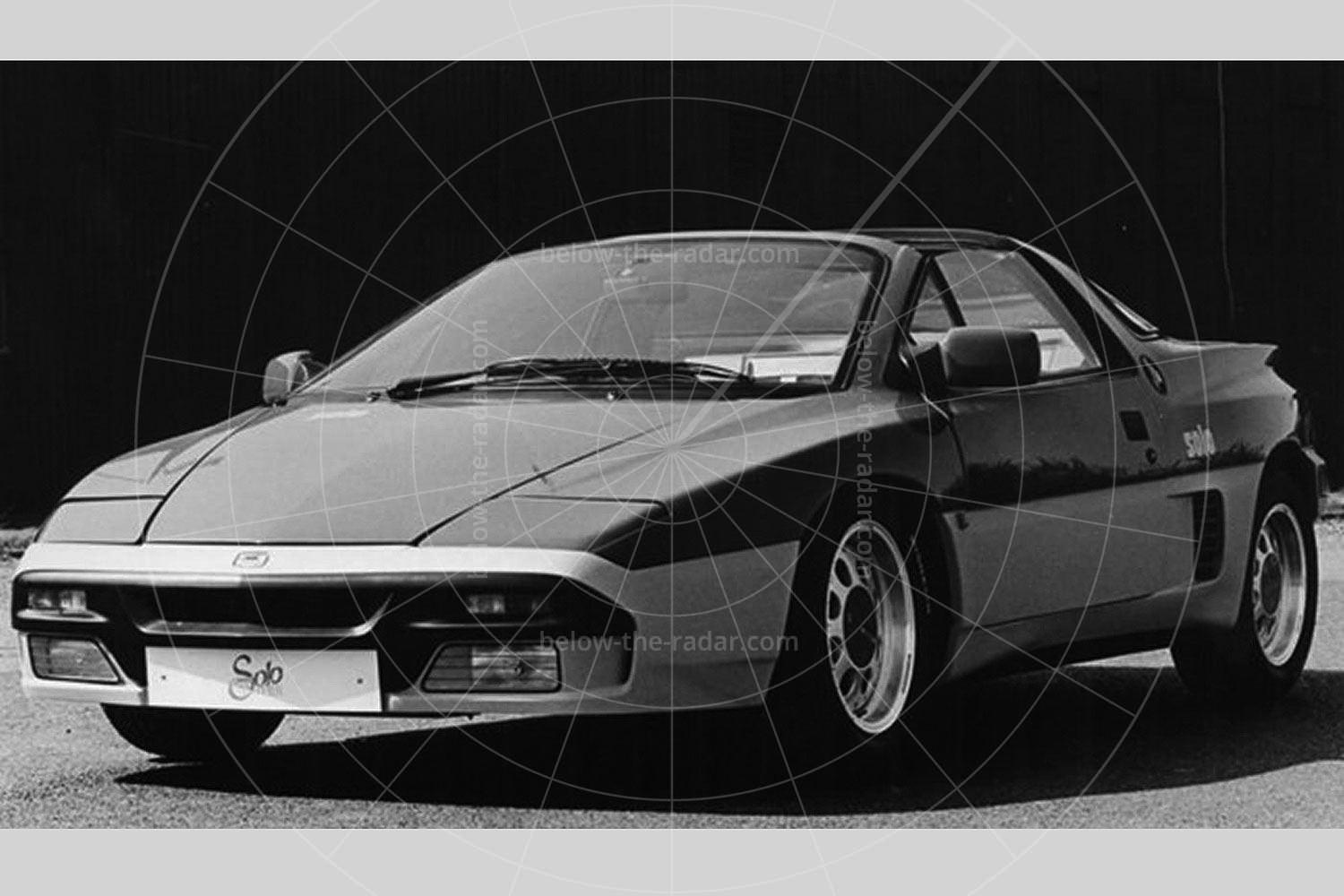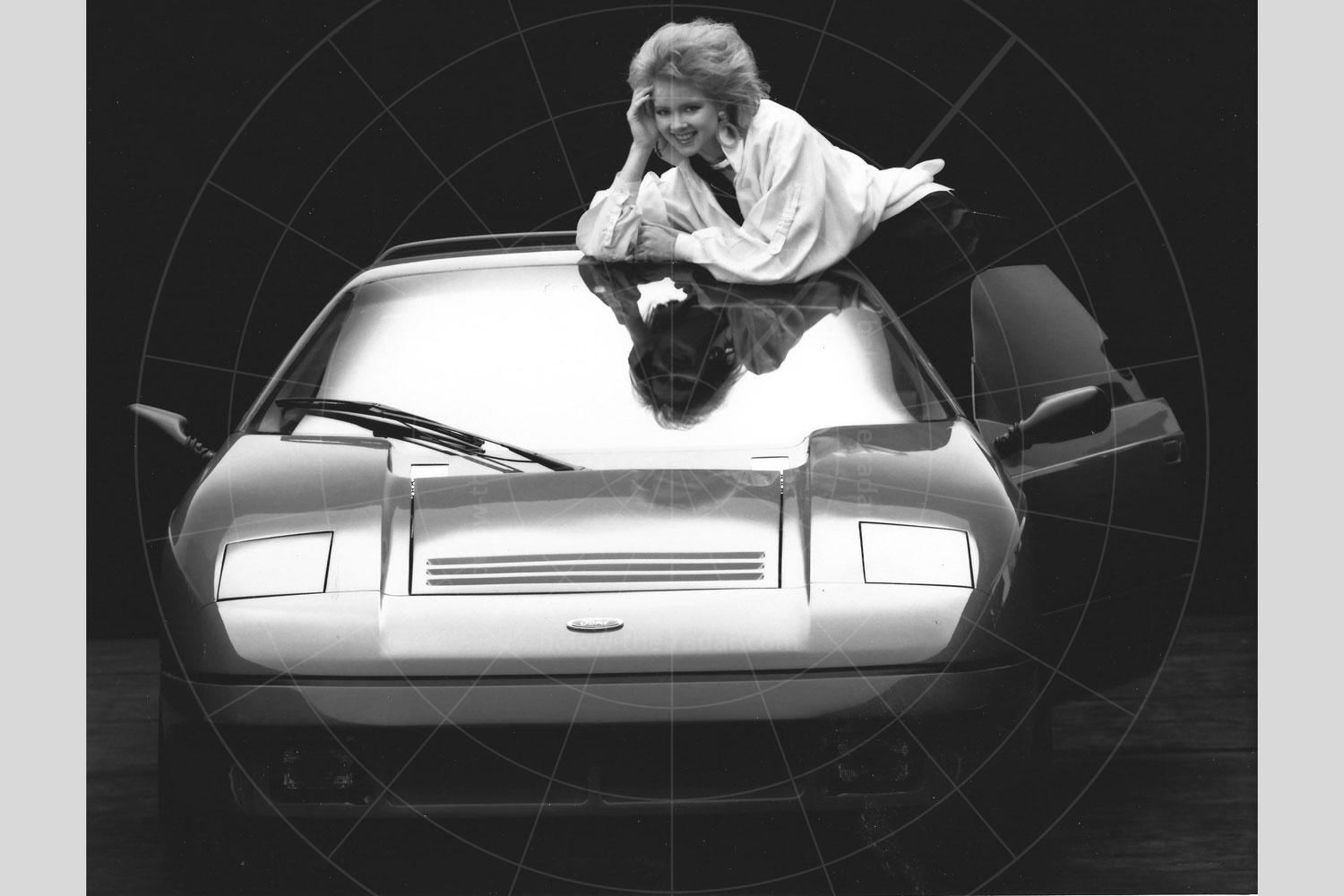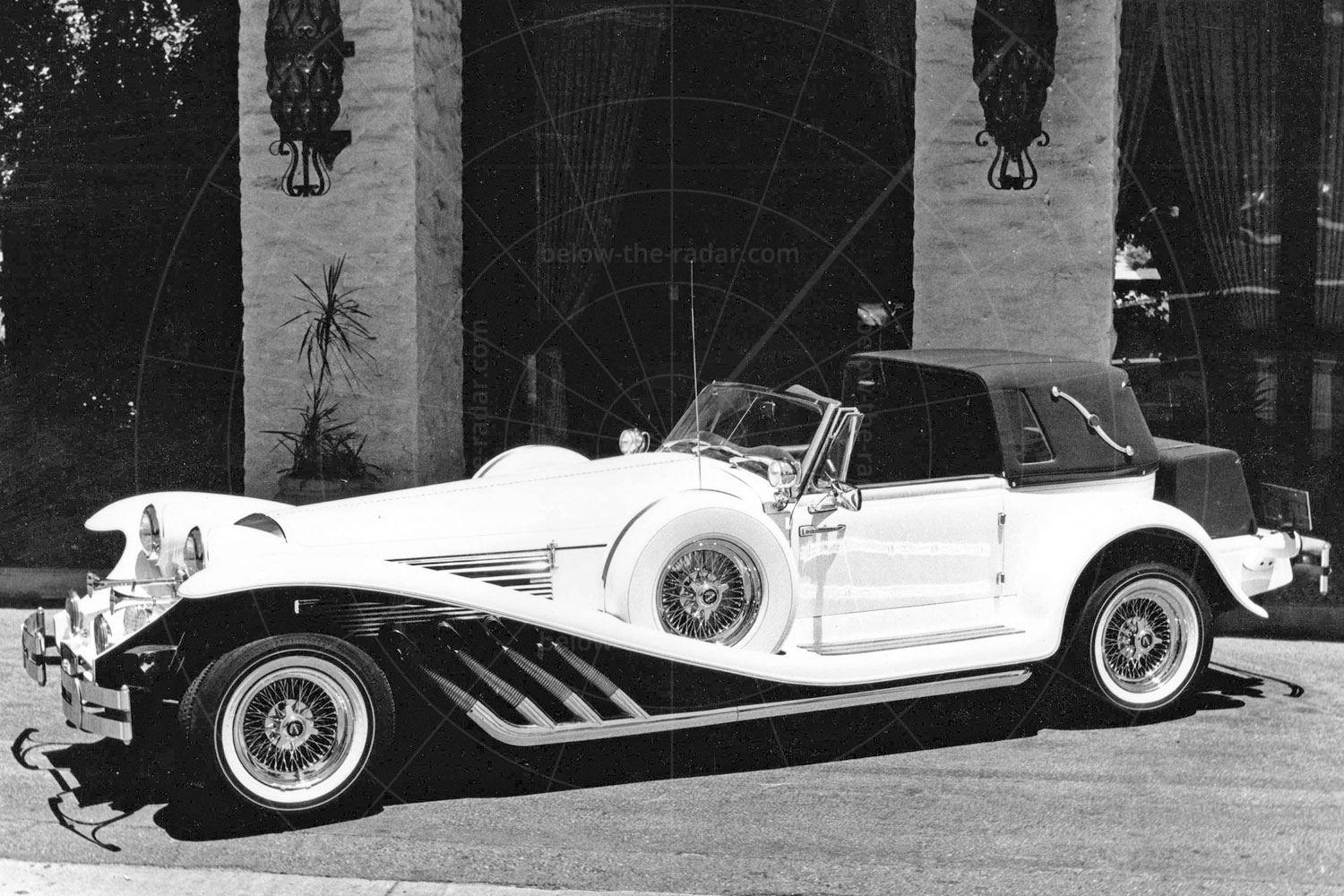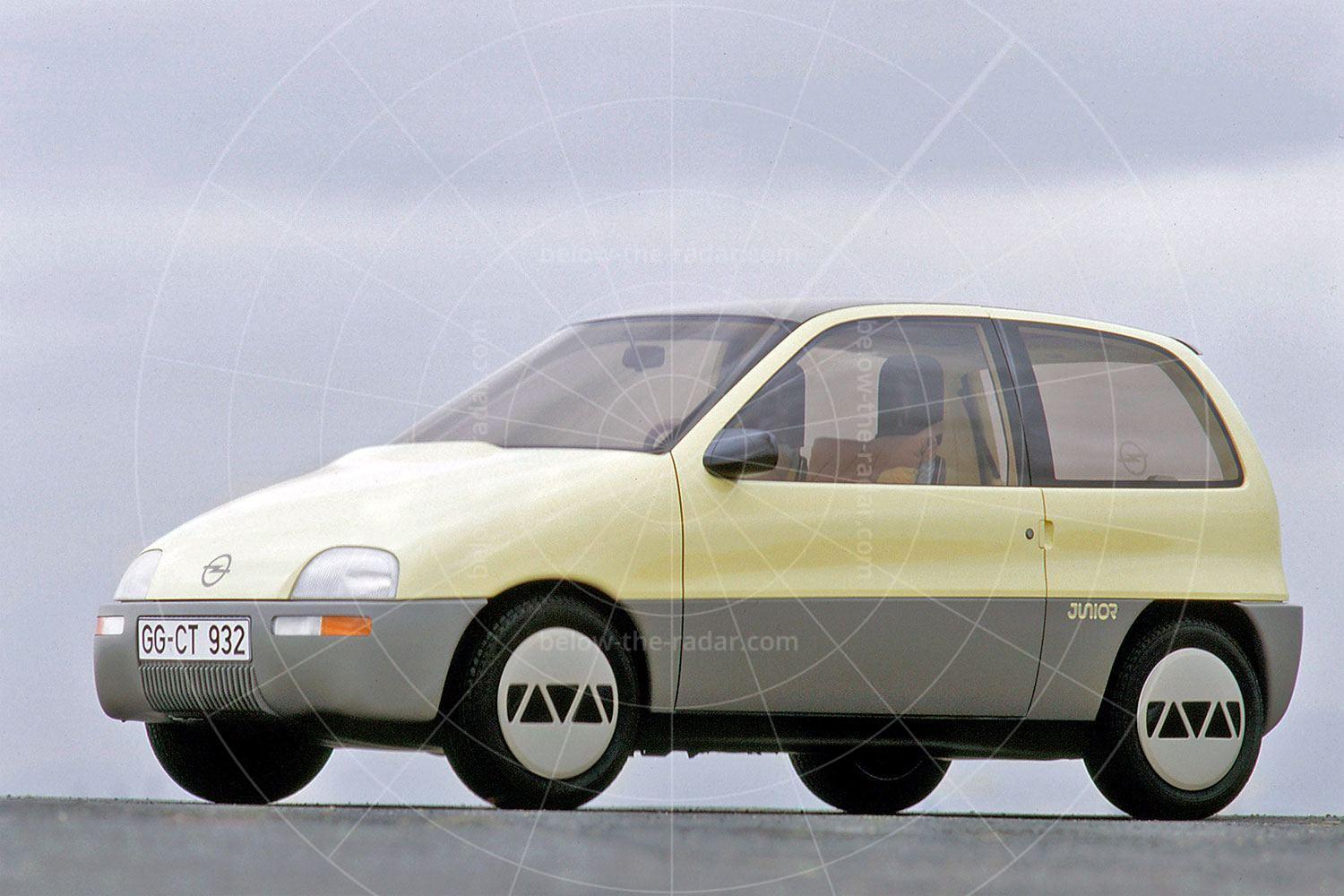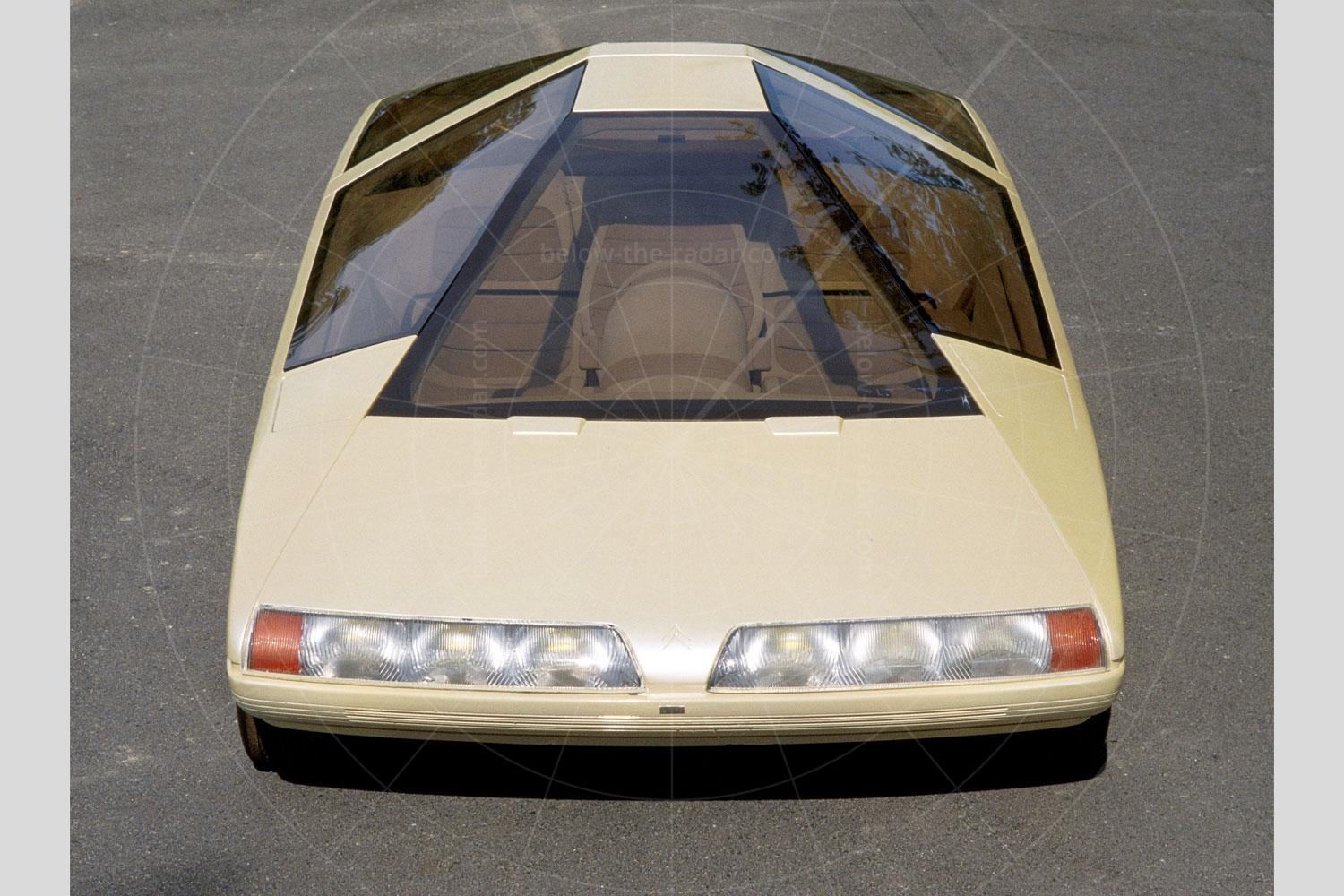Since the PV444's introduction, Volvo had realised that the car's monocoque construction meant producing one-off bodies for special customers was very difficult, if not out of the question. Developing other variants was also not as easy as it had been with a separate chassis, so the rather unusual step was taken of moving backwards by introducing a PV444 with a separate chassis. Or to be more accurate, it wasn't really a complete PV444 but the engine, electrics, transmission, brakes and front suspension were carried over. The rear suspension was changed to semi-elliptic leaf springs and double-acting hydraulic dampers, all of which was attached directly to the chassis to make bespoke bodywork much easier to fit.
Known as the PV445, this development allowed new variants to be developed very quickly, easily and cheaply, the first of which were light commercial vehicles capable of carrying around half a ton. The first of these was shown by Volvo in 1949, but it wasn't long before ambulances, hearses and convertibles were being built by independent coachbuilders. One of the most popular conversions was an estate, built by Gripkarosser, and this was the catalyst that prompted Volvo to develop its own estate car, which would be introduced in 1953.
With the availability of a chassis-only PV444 (named the PV445) for special-bodied vehicles, the floodgates were opened for coachbuilders to create their own interpretations of a convertible Volvo. But there was hardly a flood of cars built: between three different coachbuilders, fewer than 40 examples were ever made.
Valbo and Ringborg built around 22 and 15 cars respectively, with designs that were very similar to each other. But Stockholm-based Nordberg – which had built special-bodied six-cylinder Volvos before the War – also constructed a drophead that was a bit more flamboyant.
The PV445 chassis was available from 1949 until 1960, when it was replaced by the PV544-based P2101 chassis. This continued to be available until 1962, but by the middle of the 1950s nobody was building drophead Volvos any more. Although most of the cars created still survive, there aren't many left that are still usable.
The cream car pictured here is one of those built by Valbo and it was pictured in the UK when it was owned by Volvo Enthusiasts' Club founder kevin Price. He has since sold it to a collector based in Belgium, where it now resides.
| Vital statistics | |
|---|---|
| Produced | 1949-1960, Sweden |
| Number built | 29,409 |
| Engine | Front-mounted, 1414cc or 1583cc, 4-cylinder |
| Transmission | 3-speed manual, rear-wheel drive |
| Power | 40bhp or 60bhp |

